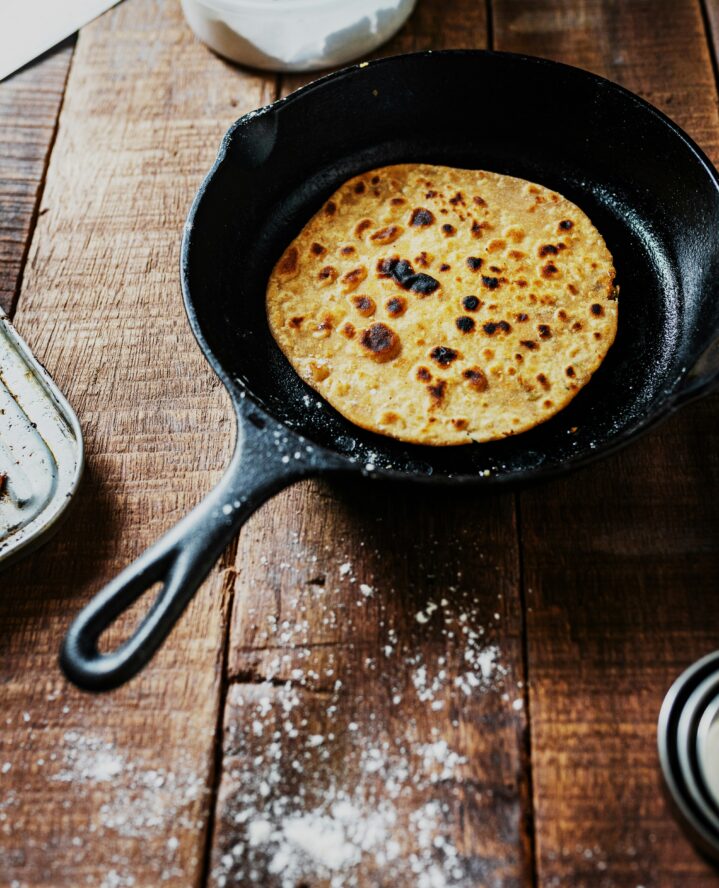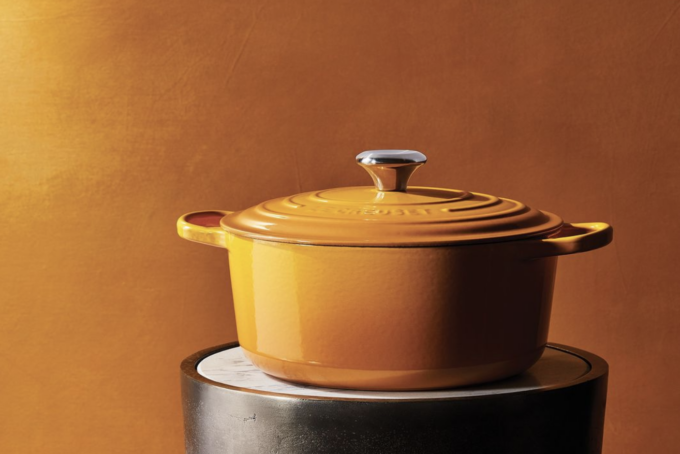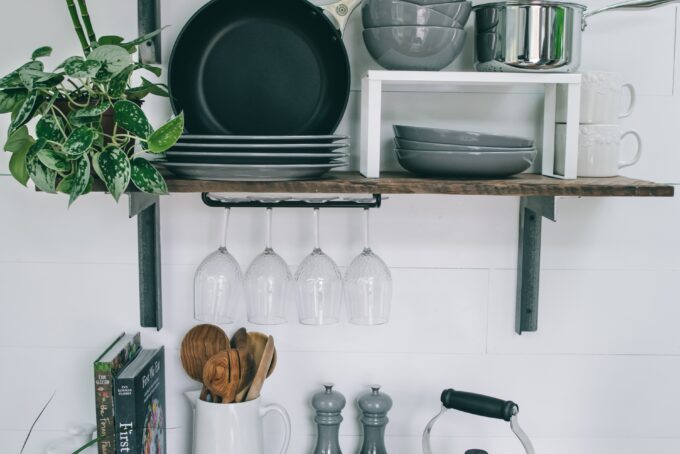Seasoning a cast iron skillet is a crucial step in unlocking its full potential and ensuring its longevity. This age-old culinary practice goes beyond mere kitchen tradition—it’s a fundamental technique that transforms a simple cooking tool into a powerhouse of flavor and versatility. It’s important to know the secrets to achieving that perfect non-stick surface, enhancing your dishes, and embracing the timeless allure of a well-seasoned cast iron skillet. Here’s how.
What is seasoning and why is it important?
Seasoning is not about adding salt and pepper to your skillet. Rather, the term refers to the process of creating a natural, non-stick cooking surface by coating the cast iron with oil. This process helps prevent food from sticking to the pan and creates the foundation for adding unique flavor to your dishes.

1. Prevents Rusting
Cast iron is a material that is prone to rust when it comes into contact with moisture. By seasoning your skillet, you create a protective layer on its surface. This layer acts as a barrier, preventing moisture from reaching the iron and causing rust. Just following this simple step can significantly extend the lifespan of your cast iron cookware.
2. Enhances Flavor
It sounds a little odd, but trust me! When you season the skillet, the oil used in the process becomes baked onto the surface. Over time, this infused oil adds a subtle depth of flavor to your food. It’s like having a secret ingredient that makes your meals even more delicious and unique.
3. Non-Stick Cooking
The seasoning process creates a smooth and naturally non-stick cooking surface. This means you can cook a wide range of dishes with ease, from pancakes and eggs to stir-fries and meats, without worrying about food sticking to the pan. The non-stick quality of a seasoned cast iron skillet also allows you to use less oil in your cooking, making your meals healthier without sacrificing flavor.

How To Season Your Cast Iron Skillet
The process itself is fairly simple and just requires a few items you likely already have on hand.
Step 1: Gather Your Supplies
- Your cast iron skillet
- Cooking oil (preferably one that has a high smoke point, like vegetable oil or flaxseed oil)
- Paper towels
- Oven mitts
Step 2: Preheat the Oven
Preheat your oven to 350°F. Then, place a sheet of aluminum foil on the oven rack below the skillet to catch any potential drips during the seasoning process.
Step 3: Clean Your Skillet
If your skillet is brand new, it’s a good idea to wash it with warm, soapy water and a scrub brush to remove any manufacturing residue. For older skillets, a quick rinse and thorough drying will suffice. Make sure you dry it completely!
Step 4: Apply Oil
Using a paper towel or a clean cloth, apply a thin layer of your chosen cooking oil to the entire skillet, both inside and out. Make sure to coat all surfaces evenly, including the handle.

Step 5: Bake
Place your oiled cast iron skillet upside down on the oven’s center rack. This positioning keeps any excess oil from dripping away during the seasoning process. Let the skillet bake for one hour.
Step 6: Cool and Repeat
After the hour has passed, turn off the oven and allow the skillet to cool inside. Once it’s cool to the touch, repeat the oiling and baking process two to three more times. Each cycle of oiling and baking helps build up the seasoning, resulting in a well-seasoned skillet.
popular posts
- 1It’s Black Business Month, So Let’s Go Shopping and #BuyBlack!
- 2These Home Decor Items Will Instantly Make Your Space Look Outdated
- 3Black-Owned Home Decor Stores To Support Across the United States
- 4A Look Inside Elon Musk's Tiny $50,000 House
- 57 Black and Multicultural Designers To Follow For Design Inspo
Kitchen

Unique Backsplash Ideas That Add Luxury to Your Kitchen
by Stephanie Taylor | January 19, 2023

These 5 Kitchen Tools Will Up Your Culinary Experience
by Arielle Clay | January 19, 2023
Spaces
Whether it’s luxury or ease, every area of your home should be as fabulous and unique as you.
This Le Creuset "Color of the Season" Is Perfect for Fall Kitchenware
by Erika Hardison | August 18, 2023
7 Reasons Why High-Quality Cookware Is Worth the Investment
by Melody Beuzelin | October 26, 2023
These Are Our Favorite 7 High-Quality Knife Sets for Home Cooks
by Brittni Williams | November 13, 2023
FOLLOW ALONG ON INSTAGRAM
#homeandtexture
Find us on social for more home inspiration where culture, personal style, and sophisticated shopping intersect to help you create a home where you love to live.






